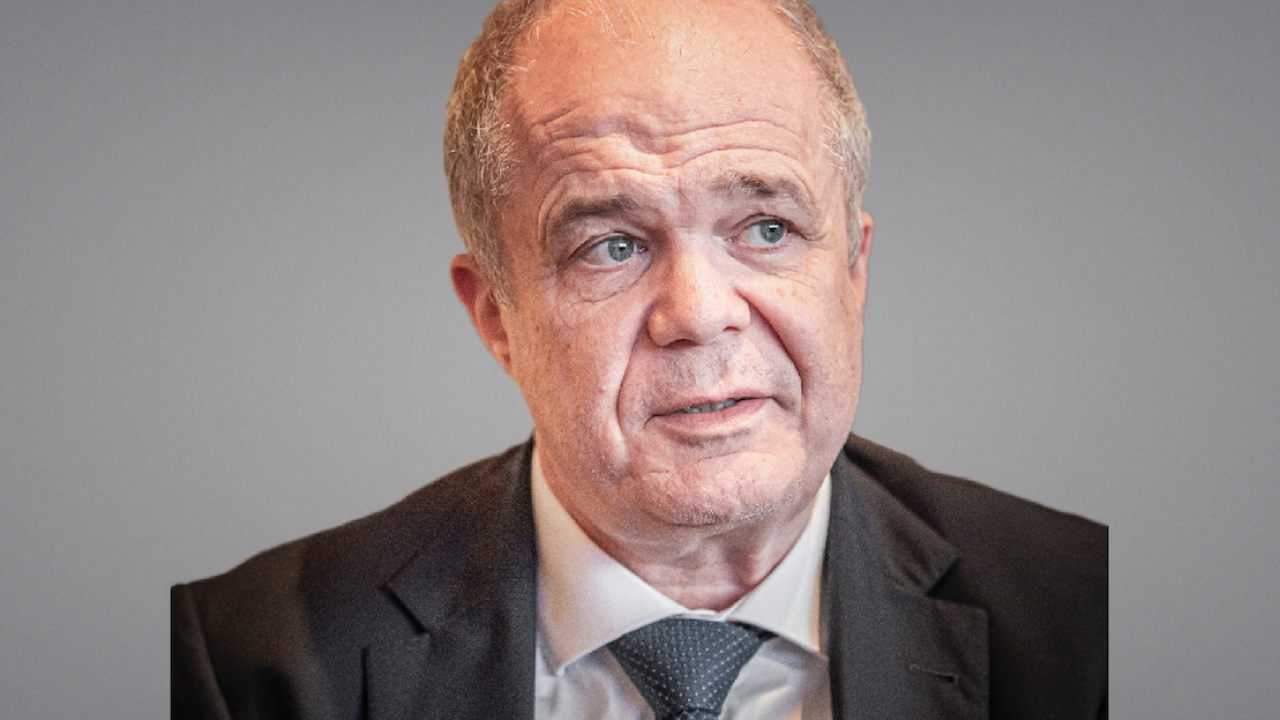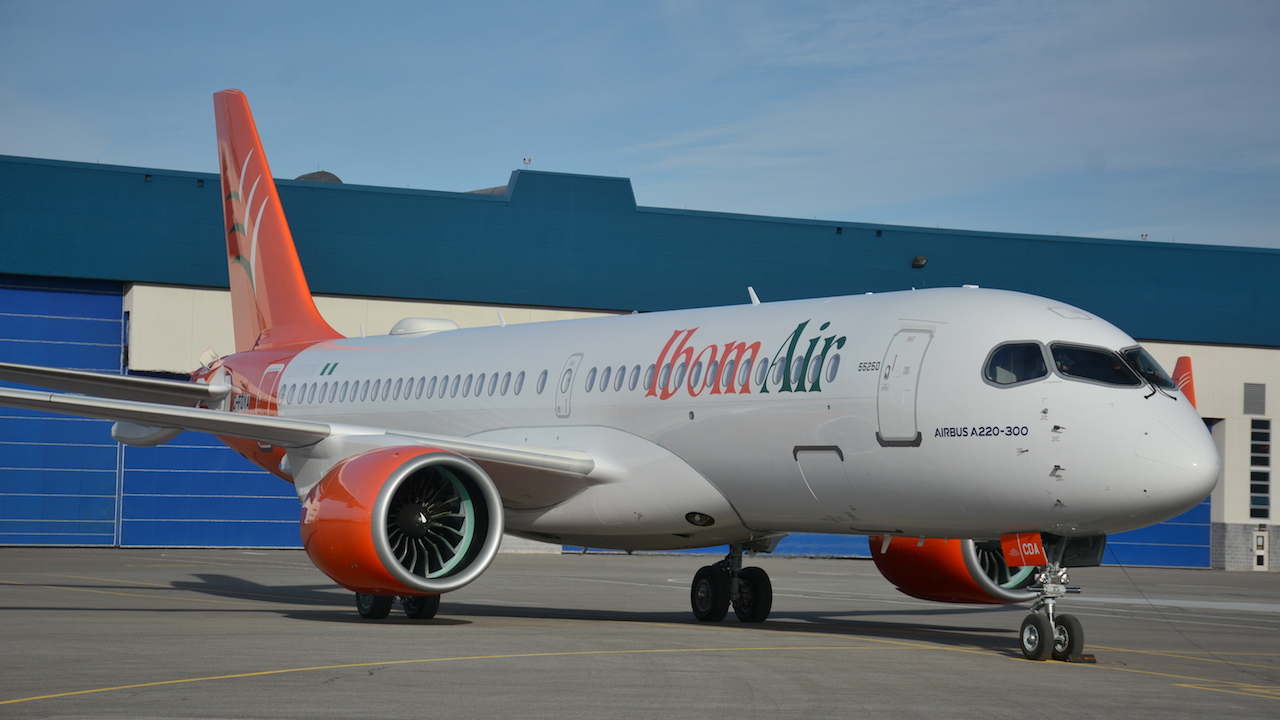Profitable TAAG suffers growing pains
Angola’s flag carrier TAAG may gone into the black for the first time in its history in 2022, but it is struggling to expand and update its fleet, Eduardo Fairen Soria, chief executive of TAAG Angola Airlines told African Aerospace on the sidelines of the IATA AGM in Istanbul in early June.

Eduardo Fairen Soria: "We want to enlarge the fleet and we are having restrictions." Picture: TAAG
Luanda-based TAAG is not now expecting to take the first five of six Airbus A220s this year, but will only start taking delivery in April 2024 at the earliest, a significant delay, said Soria.
The carrier announced a deal to lease six A220s from Air Lease Corporation at the Farnborough Air Show in 2022.
ALC is expected to deliver four A220s in 2024 and the final two in 2025, he said. Like all airlines and lessors, ALC is suffering from production delays by the major OEMs as they struggle with supply chain issues to deliver aircraft on time.
TAAG is currently operating 23 aircraft, with 21 owned and two Airbus A330s wet-leased from Portugal’s Hi Fly to support its Luanda to Lisbon route. The A330s are contracted to remain with TAAG until September, but may be extended depending on TAAG’s ability to find more capacity.
“Beyond that we have still not taken a decision because we are still working heavily to recover the whole fleet,” said Soria, with a lack of spare parts and logistical issues mean bringing back its entire fleet of Boeing 737s and 777s is taking longer than expected.
The intention had been to replace TAAG’s six Boeing 737-700s with the A220, but the carrier is considering a retrofit programme to refresh the 737 fleet, in addition to refurbishing its five 777-300s, said Soria.
“We need them [737s] to be in service for longer because, with the delays on the deliveries of the A220s, we need more narrowbodies,” he explained. It is seeking to add a further three 737NGs imminently on short dry leases and will possibly add another two at year-end if the A220 delays continue.
As it struggles with its narrowbody needs, TAAG has a widebody requirement too. “We are in negotiations with Airbus and Boeing for the replacement of the widebody fleet,” said Soria. It has eight widebodies in its fleet today, although its three 777-200s, which had been operating in passenger to cargo (PTC) configuration, are grounded.
It is looking for 10 new widebodies, he said. Asked about his delivery timeline Soria joked: “Ask them. Honestly, I don’t know, and that’s the problem nobody knows. Not only the delivery time but also the price.”
Soria, who has extensive management experience in African, European, and Latin American carriers, and his team have steered TAAG to its first profit in 80 years of operation.
This remarkable feat has been achieved by a combination of significant cost reduction and a doubling in revenue flying, said Soria, although its passenger numbers were only 65% of its 2019 level. It made a 460 million kwanzas (US$800,000) operating profit in 2022.
It will be a challenge to sustain this performance in 2023, explained Soria. “This year is different because we want to enlarge the fleet and we are having restrictions.”
“We still don't have a solution for our cargo fleet [777-200s],” he said. “We operated three cargo aircraft in passenger to cargo (PTC) configuration last year, which was very profitable.”
“Due to changes in the policies of FAA and EASA, that were driven more by economic terms than operational terms, our civil aviation grounded those aircraft in December,” said Soria. TAAG is negotiating with its authorities to see what the alternatives are to get them back into service.
Stay up to date
Subscribe to the free Times Aerospace newsletter and receive the latest content every week. We'll never share your email address.


